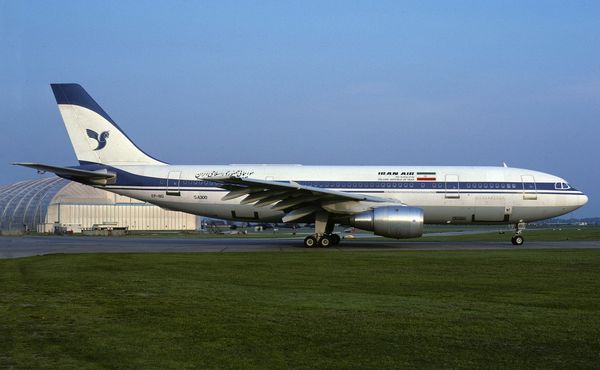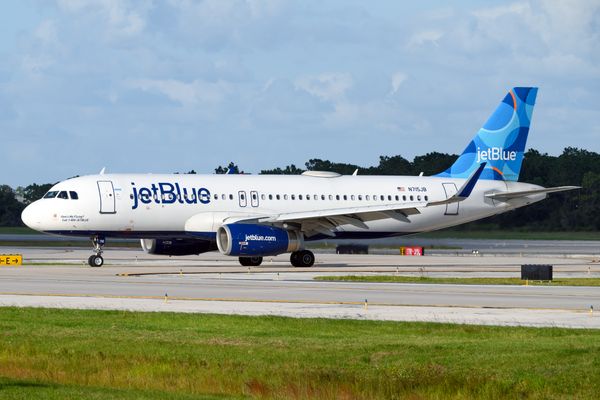The world of aviation is a marvel of human ingenuity, connecting so many cultures and continents through an intricate web of engineering and innovation. Yet amidst the awe-inspiring feats of flight, questions about safety always bubble up. To shed some light on this important aspect of air travel, it is best to explore recent events that have put the industry on edge.

Grasping the Numbers
Airplane crash statistics offer an essential perspective on aviation safety. On average, there is one fatal accident per 2 million flights globally. This figure, while startling, emphasizes the rarity of catastrophic events in air travel challenging the notion that airplanes are unsafe.
Data from Gitnux also gives critical information on when and where accidents are most likely to occur. A whopping 86% of airplane accidents happen during take-off or landing, and not after the wheels leave the runway. Furthermore, between 1982 and 2010, 53% of fatal accidents occurred during the final approach or landing. The data shows that, contrary to popular belief, the most dangerous part of the flight is the takeoff or landing and not during the flight.
Despite the worrying statistics, it is important to understand the progress made in current aviation safety. About 77% of all airplane accidents are survivable, and the risk of actually dying in a crash is about one in 11 million. These statistics testify to the various advancements in aircraft design and disaster management and prevention systems.
Recent Near-Misses: A Cause for Concern
While statistical data provides valuable insights, recent near-collision incidents at U.S. airports have raised concerns among industry leaders and regulators. Six incidents involving near collisions that occurred in the first five months of 2023 have been placed under review by the National Transportation Safety Board (NTSB), spanning airports from Austin to New York City.

One of the most concerning incidents occurred in February when a FedEx cargo plane narrowly avoided landing on top of a Southwest Airlines flight departing from Austin, endangering the lives of 131 passengers and crew. Similarly, a January incident at John F. Kennedy International Airport saw a plane barely avoid colliding with another jet on the runway due to a pilot deviation from federal regulations.
Seeking Answers Amidst Uncertainty
As industry experts convene to address the recent increase in near-collision incidents, speculation abounds regarding the underlying causes. Some state that the uptick in the rapid rebound in air travel following the COVID-19 pandemic led to increased pressure on inexperienced pilots and air traffic controllers. Others point to fatigue among aviation staff or complacency when following safety protocols.
Despite extensive discussions and analysis, there is no definitive answer. The FAA's safety summit highlighted the complexity of the issue, with no single factor emerging as the primary cause of the near-miss incidents. However, officials are closely monitoring the situation, especially as the busy travel season approaches.

Looking Ahead: A Commitment to Safety
While the recent near-collision incidents spotlight the issues facing the aviation industry, they have also sparked a renewed commitment to safety. Industry leaders, regulators, and aviation professionals will continue to prioritize safety protocols, from improved training programs to technological advancements aimed at preventing risks.
Airplane safety statistics also offer invaluable insights into the risks and realities of air travel, recent incidents serve as a stark reminder of the importance of ongoing vigilance and innovation. By addressing challenges head-on and enforcing continuous improvement, the aviation industry remains committed to ensuring that each passenger reaches their destinations safely and securely, both now and in the future.
Essential Legal Tips for Tourists Chartering a Yacht in Dubai » Mixed Signals: The Tragic Story of Iran Air Flight 655 » My Unexpectedly Cheap Last-Minute Getaway with JetBlue Airlines »
Comments (0)
Add Your Comment
SHARE
TAGS
NEWS British Airways Virgin Atlantic Collision Aircraft Collision StatisticsRECENTLY PUBLISHED
 Essential Legal Tips for Tourists Chartering a Yacht in Dubai
Discover how yacht rentals in Dubai are regulated and learn what every tourist should know about contracts, insurance, and taxes before setting sail.
TRIP REPORTS
READ MORE »
Essential Legal Tips for Tourists Chartering a Yacht in Dubai
Discover how yacht rentals in Dubai are regulated and learn what every tourist should know about contracts, insurance, and taxes before setting sail.
TRIP REPORTS
READ MORE »
 Mixed Signals: The Tragic Story of Iran Air Flight 655
What would have otherwise been a routine passenger flight across the Strait of Hormuz culminated in a heartbreaking tragedy, all because of a costly system misunderstanding by an external party. This is the tragic story of Iran Air Flight 655.
STORIES
READ MORE »
Mixed Signals: The Tragic Story of Iran Air Flight 655
What would have otherwise been a routine passenger flight across the Strait of Hormuz culminated in a heartbreaking tragedy, all because of a costly system misunderstanding by an external party. This is the tragic story of Iran Air Flight 655.
STORIES
READ MORE »
 My Unexpectedly Cheap Last-Minute Getaway with JetBlue Airlines
My name is Daniel Moreno. I live in Tampa, Florida, and I work as a logistics coordinator at a small distribution company. I had to book a JetBlue Airlines flight at the last minute. I was sure the price would be high because that’s usually what happens with late bookings within the United States. But the final cost surprised me — the ticket was much cheaper than I expected.
TRIP REPORTS
READ MORE »
My Unexpectedly Cheap Last-Minute Getaway with JetBlue Airlines
My name is Daniel Moreno. I live in Tampa, Florida, and I work as a logistics coordinator at a small distribution company. I had to book a JetBlue Airlines flight at the last minute. I was sure the price would be high because that’s usually what happens with late bookings within the United States. But the final cost surprised me — the ticket was much cheaper than I expected.
TRIP REPORTS
READ MORE »



